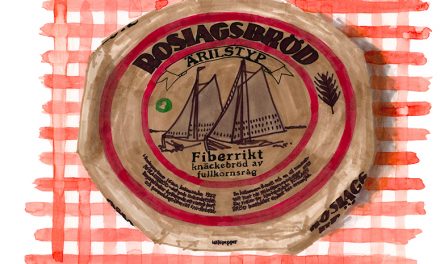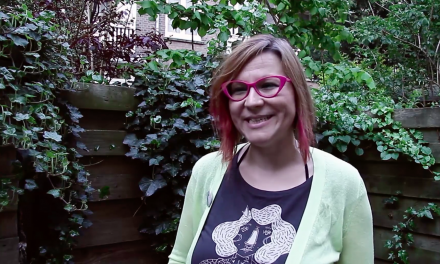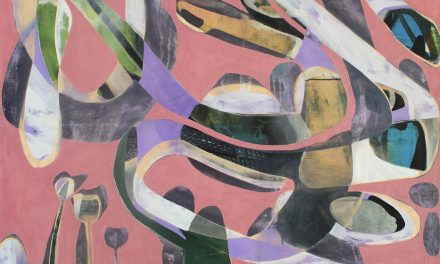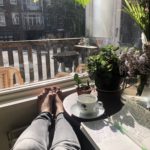Jennifer Tee is a Dutch artist with Chinese-Indonesian heritage. Her work incorporates many cultural traditions and beliefs, and utilising a range of crafts, she is able to merge culture and history with the present.
“She is interested in researching contemporary life, with its cross-cultural identity and narratives, its instability and complexity, and its potential for the loss of identity, language and kinship with original cultures.” TEE
At the heart of her work, Tee views the soul as being “in limbo.” She says, “…the soul is restless and alive and dwells in some unnamed place on the border between here and the possible.” This reminds me of hiraeth; a feeling of restlessness and unrooting. Perhaps that is why I am drawn to her work. I often feel like I am at constant odds between ideas, places and beliefs. I think my soul is forever in limbo.
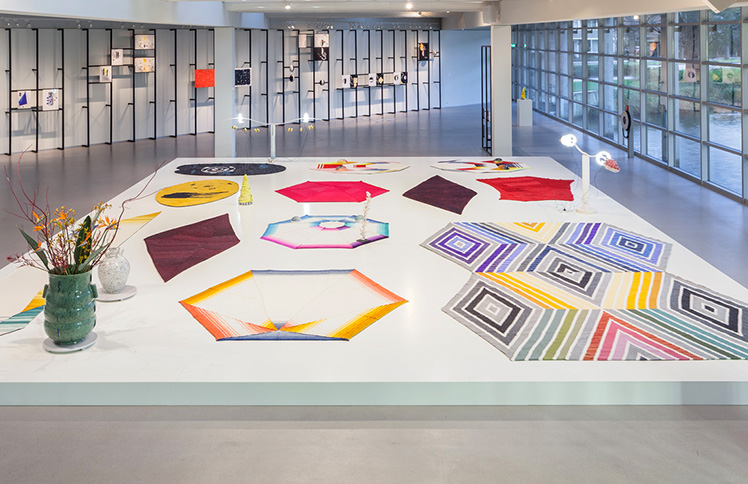
The Soul in Limbo, 2016, The Cobra Museum of Modern Art. 6th edition Cobra Art Prize, Amstelveen. Photo courtesy the artist.
Tee is currently showing at the Camden Arts Centre, in an exhibition titled: Let It Come Down. The installation combines various bodies of her work into what appears to be a negotiation between resistance and the Taoist idea of letting go.
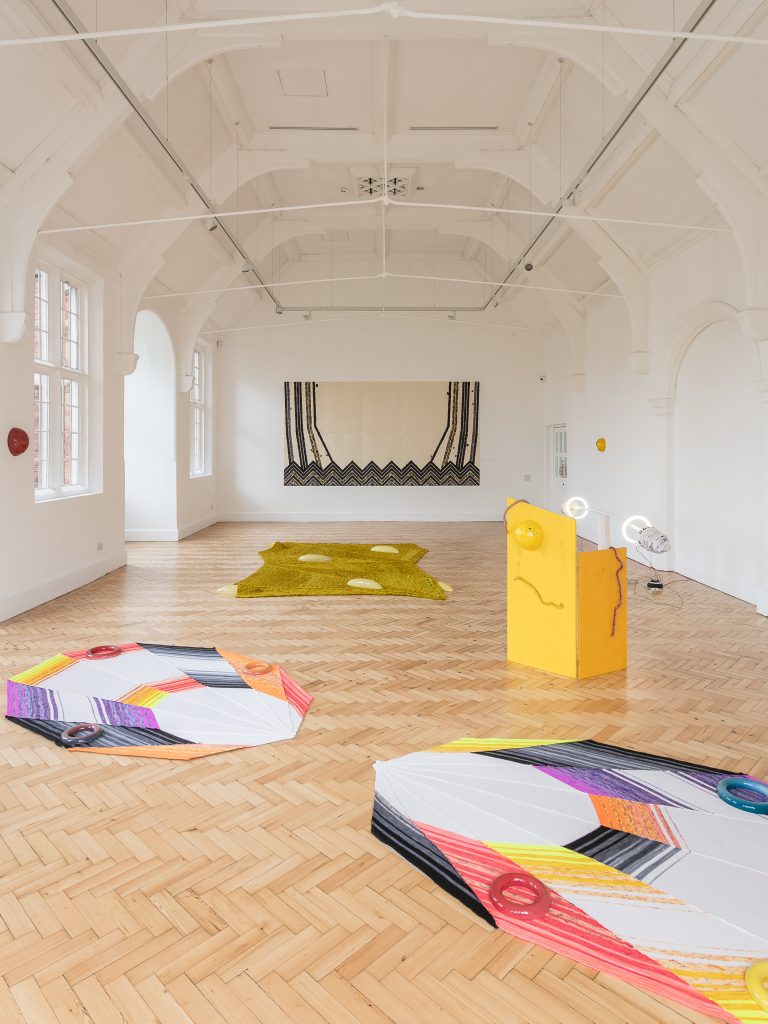
Installation view of Jennifer Tee: Let It Come Down at Camden Arts Centre, 2017 Photo: Mark Blower
The central piece, also titled, “Let It Come Down,” is an example of how her interests in cultural identity and history merge in a contemporary context. It is a wall-sized tapestry of dried tulip petals on paper. The petals are from the rare, black tulip. Specifically chosen for its colour, each petal was hand-dried using a specialised process. The work is ephemeral and expected to fade slowly over time, which reflects an element of Taoism.
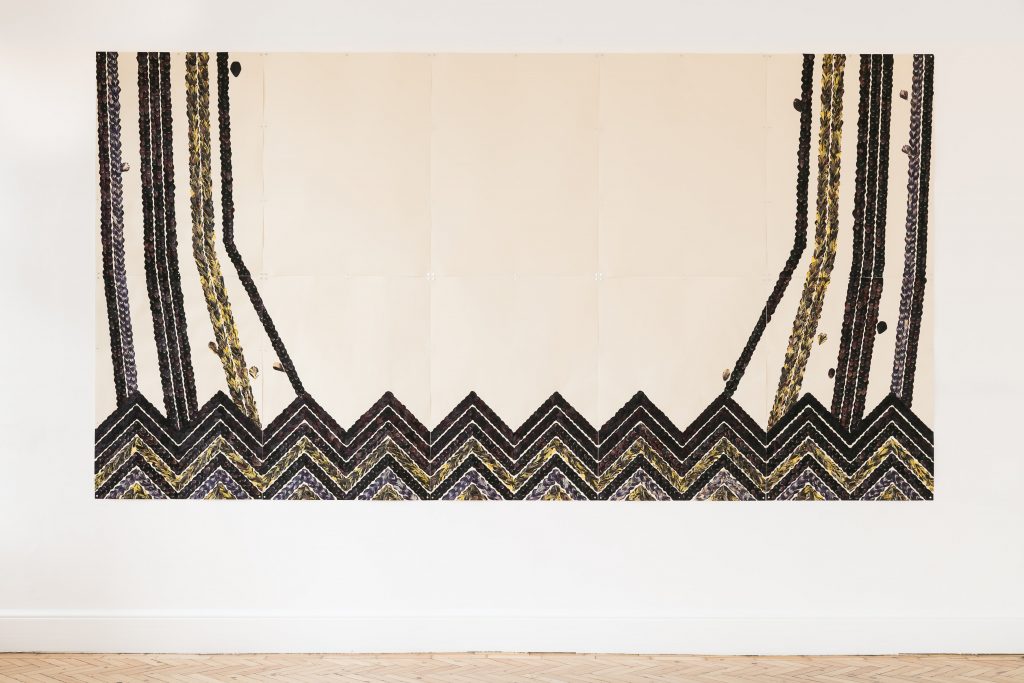
Installation view of Jennifer Tee: Let It Come Down at Camden Arts Centre, 2017 Photo: Mark Blower
The use of the tulip petal is important for more than just its aesthetic, but also for its symbolism. The flower is, of course, iconic to Dutch culture but actually originates from medieval Persia, and the word itself is Turkish. All of which speaks to the complexities of migration and identity.
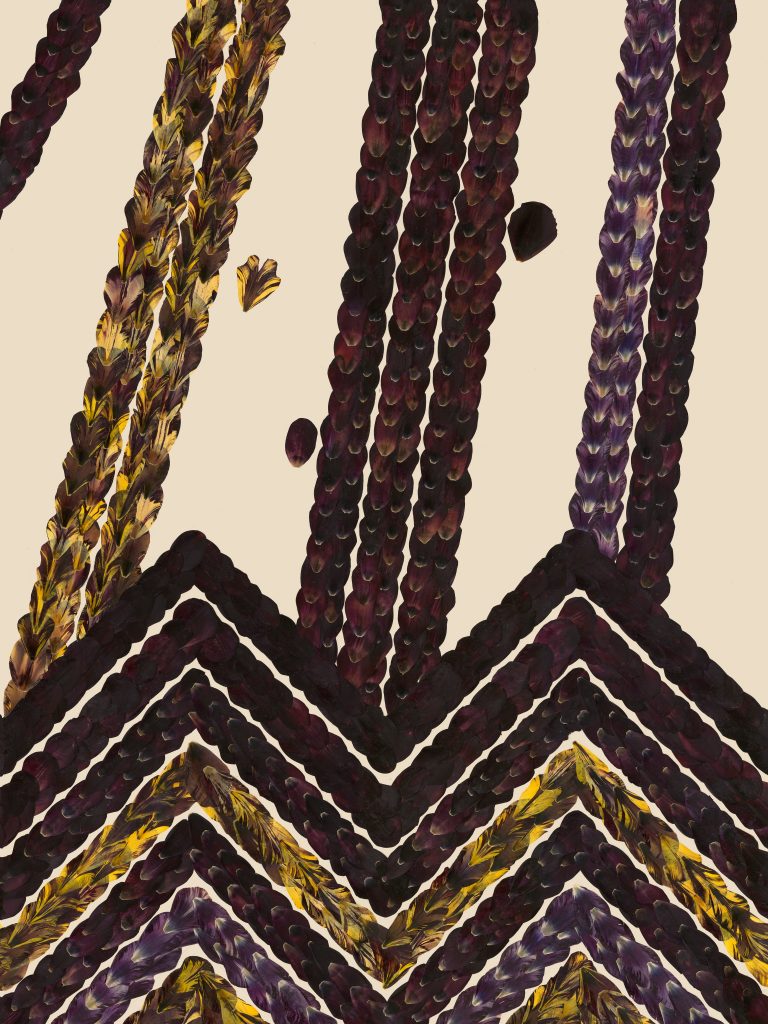
Let It Come Down [Detail]. Jennifer Tee: Let It Come Down at Camden Arts Centre, 2017.
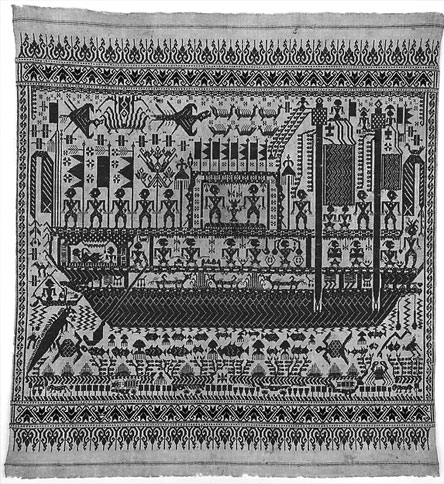
Indonesia, Sumatra, Lampung province, Piya, Wai Ratai River region Cotton, 78.4 X 72.4 cm Woven-Textile Collection: The Metropolitan Museum of Art.
She admires the beautiful lines and patterns of both the Tampan and Palepai Sumatran Ship Cloths, but also embraces the spirituality behind the works. Tee travelled to Lampung, Indonesia to research these family heirlooms, which represent human souls traveling on to new lives. She connected personally to the imagery, as her father migrated on a ship from Indonesia to the Netherlands in the 1950s.
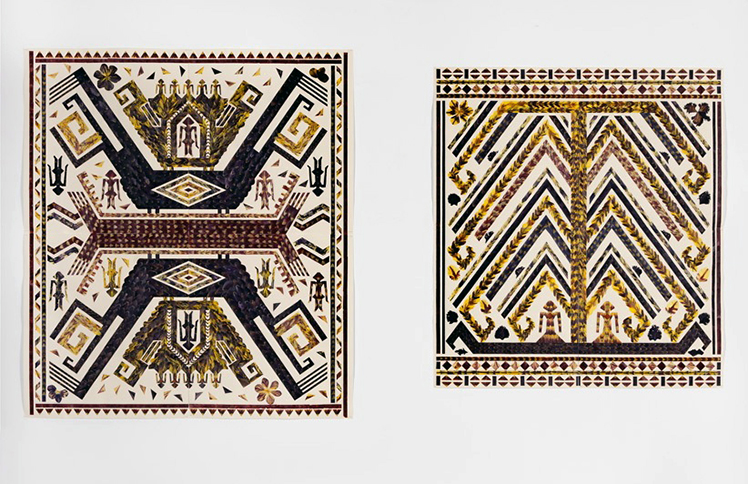
Installation view of Tampan Tulip Collages from the Rethinking HOME exhibition, Nieuwe Dakota, Amsterdam, Koneksi-Connectie, 2016. Photo courtesy the artist.
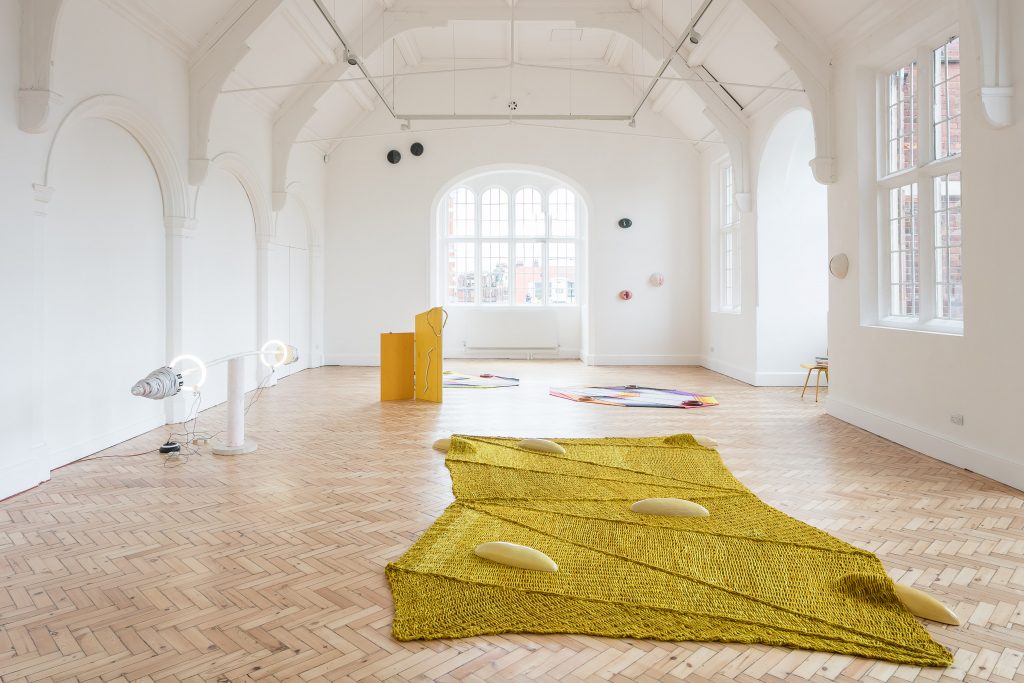
Installation view of Jennifer Tee: Let It Come Down at Camden Arts Centre, 2017 Photo: Mark Blower
The title, Let It Come Down, is a reference to Shakespeare’s MacBeth. In the play, just before Banquo is murdered, he observes that, “it will rain tonight,” foreshadowing his own impending doom. The First Murderer replies, “Let it come down,” as his collaborators then attack and kill Banquo. This line has a double meaning: it is a call to arms, but it also implies that sometimes we are helpless to events outside our control.
The rest of the installation, titled, Resist, comprises of ceramic vessels and hand-dyed and knitted floor pieces. They collectively anticipate an impending event (much like the fate of Banquo) and create a space which is meant to align one’s mind, body and spirit- perhaps to gain clarity on how to respond to this forthcoming event… Is it the dread of climate change; or of looming political corruption? Or is it simply the subjugation to policies of which we seemingly have no control..? I don’t know, but I often feel that ‘the rain is coming’ on our collective future. Visitors are invited to lay on the woven mats and read from a selection of books that encourage resistance.

Installation view of Jennifer Tee: Let It Come Down at Camden Arts Centre, 2017 Photo: Mark Blower
At the centre of her installation, is a sculpture called, “Subtle Planes and Spirit Matter.” This is a long bamboo rod with coiled ceramic cones at each end, highlighted by two halos of white neon light. This is a reference to Buddhist incense sticks, which are held out from the forehead during prayer. The work points you in two directions of the exhibition: one towards Let it Come Down and the other towards Resist.
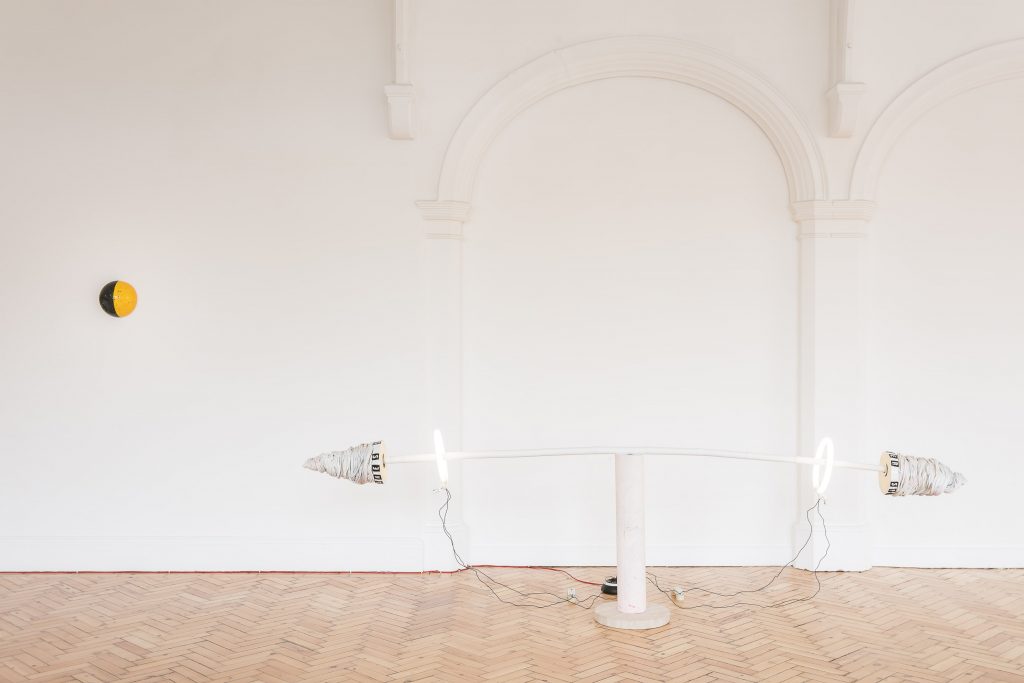
Installation view of Jennifer Tee: Let It Come Down at Camden Arts Centre, 2017 Photo: Mark Blower
If you are in Amsterdam, look for Tee’s permanent installation in the new North-South Metro tunnel at Amsterdam Central Station. It is titled “Tulip Palepai: Navigating the River of the World.”
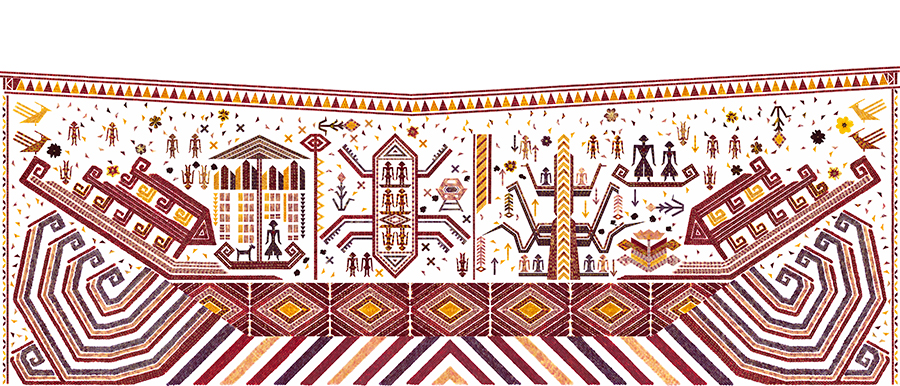
TULIP PALEPAI: Navigating the river of the world, 2013 – Centraal Station, Amsterdam, NL (inauguration 2017)
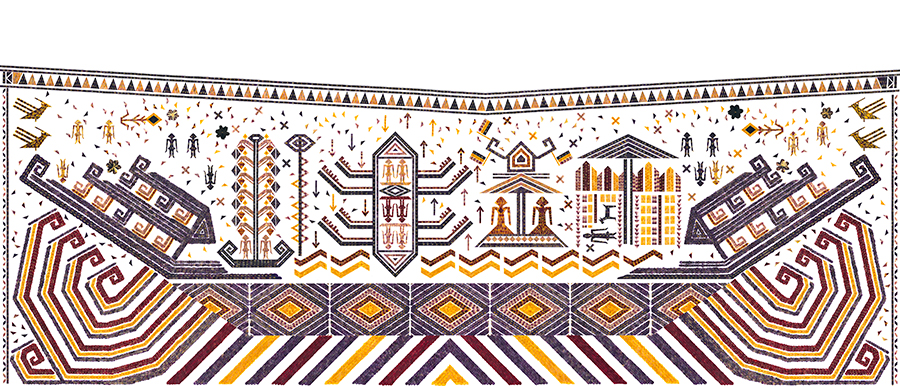
TULIP PALEPAI: Navigating the river of the world, 2013, Centraal Station, Amsterdam, NL (inauguration 2017)
This is a monumental piece constructed entirely of dried, pressed tulip petals which, again, integrates the iconic Dutch tulip and the Sumatran “Palepai” tapestries. The Palepai cloths usually feature a ship filled with people, animals and shrines. They reflect on the generations of trade with other countries and are often used as a backdrop in important ceremonies such as weddings and funerals. They are ‘cultural memories’ on a collective journey to, from and through this world to the next. The mast of the ships depicted on Palepai tapestries often branch out into a “tree of life” motif which Tee adapts into a sort of metro map.
Upon imagining the brief encounters one would have with the piece on their daily commutes, the artwork takes on a migration in itself. Tee hopes that pieces of its imagery may linger in the minds of each passerby, and be “carried off like a seed to take root and blossom in another place.”
References:
- www.teeteetee.nl
- Tee, Jennifer and Hilde De Bruijn. The Soul In Limbo, Roma Publications, 2015
Photos courtesy Camden Arts Centre and Jennifer Tee


